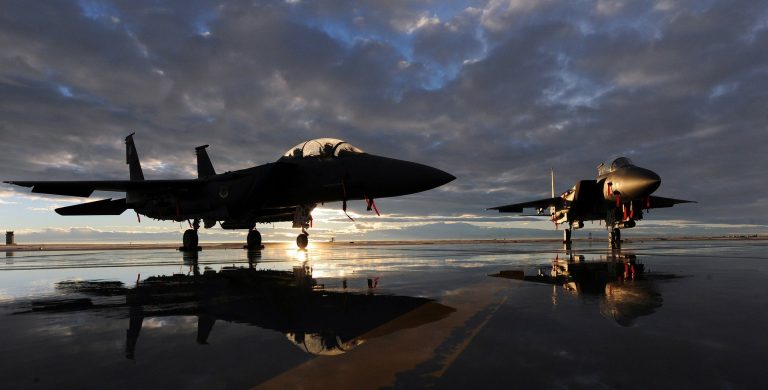On Nov. 29, the Pentagon published its 2021 Global Posture Review. The study began in March under the direction of Defense Secretary Lloyd Austin. It does not make any major changes to its global positions except in Guam and Australia where the Pentagon will make improvements to its airfields.
“In the Indo-Pacific, the review directs additional cooperation with allies and partners to advance initiatives that contribute to regional stability and deter potential Chinese military aggression and threats from North Korea. These initiatives include seeking greater regional access for military partnership activities; enhancing infrastructure in Australia and the Pacific Islands; and planning rotational aircraft deployments in Australia,” a Nov. 29 Defense Department press release stated.
The review comes just a few months after Washington entered into a new partnership with the UK and Australia to strengthen defense, diplomatic, and security cooperation in the Asia-Pacific region through the AUKUS partnership.
The agreement will enable Australia to procure nuclear-powered submarines. The United States also plans to increase its ground forces as well as logistics cooperation with Australia.
According to the Global Posture Review, Washington will upgrade fuel and munitions storage facilities in Guam, Australia, and the Northern Mariana Islands. Guam hosts a large U.S. Air Force and Naval contingent as well as thousands of American troops.
Success
You are now signed up for our newsletter
Success
Check your email to complete sign up
Washington views both Australia and Guam as a key part of its strategy to counter communist China. Speaking to the Wall Street Journal, officials said that making improvements to the airfields in Australia and Guam will boost America’s ability to move troops in and out of the region in case of a conflict.
Mara Karlin, a top Pentagon policy official, said that the review confirms that the Indo-Pacific is a top priority for the American military. When asked by reporters as to whether the United States plans more military presence in the region, Karlin replied that the government is “moving the needle a bit” and that the needle will “move more” over the next several years.
Some experts have raised concerns about the lack of any big changes to Washington’s global military positions. In an interview with AFP, an anonymous senior Pentagon official justified the decision, noting that the Biden administration is barely a year old. “It’s not the time when we would develop a major strategic-level change to our posture,” the official stated.
The Chinese foreign ministry slammed the Pentagon report, accusing the United States of “sparing no efforts to encircle and contain China” as well as creating an “imaginary” enemy. “We firmly oppose the United States’ use of the ‘China Threat theory’ as an excuse to increase military spending and expand military strength and hegemony,” Chinese foreign ministry spokesperson Zhao Lijian said during a press briefing.
Concerns about communist China’s increasing capabilities have rattled American military leaders and lawmakers recently. Reports of communist China successfully testing out hypersonic missiles are said to have surprised Washington.
“We’re witnessing one of the largest shifts in global geo-strategic power the world has witnessed… They are clearly challenging us regionally and their aspiration is to challenge the United States globally,” Joint Chiefs of Staff Chairman Gen. Mark Milley had recently warned. He called Beijing’s hypersonic test in August was “very close” to the “Sputnik moment.”
















